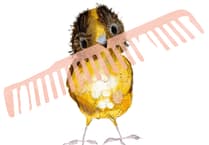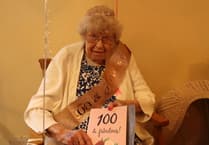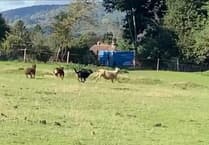A TEAM from South East Coast Ambulance Service NHS Foundation Trust (SECAmb) visited Liphook Junior School as part of their international CPR awareness drive.
Children as well as their guest of honour, Haslemere Mayor Sahran Abeysundara, took part in the Europe-wide initiative, Restart a Heart, working with SECAmb staff and volunteers to demonstrate how cardiopulmonary resuscitation works – and how it can help to save a person’s life.
Mr Abeysundara told The Herald: “It is important to understand, that with the right training, anyone can save a life. Survival rates could be doubled if urgent CPR is performed while emergency services are in transit to the scene.
“To see the youth in our community trained to perform basic hands-only CPR, which could make the difference between life and death, is so inspiring.
“I would like to thank the team of volunteers from the Haslemere First Responders and the emergency services who are conducting these vital training programs.
“It is all about being trained as a community to help each other out when we need it most,” he added.
By linking up with the Resuscitation Council’s European Restart a Heart Day and the British Heart Foundation, SECAmb has provided thousands of young people with the skills they need to help save a life.
SECAmb’s Restart a Heart co-ordinator and commercial training manager Emma Ray said: “We were delighted to take part in this initiative as a trust for the first time.
“We have been focusing our attention on delivering training to schools and young people this year and are keen to target young people as they are a vital group we need to teach to ensure people gain a life skill and the confidence to act quickly to help someone in cardiac arrest.”
More than 30,000 people suffer cardiac arrests outside of hospital in the UK every year. If this happens in front of a bystander who starts CPR immediately before the arrival of the ambulance, the patient’s chances of survival double.
Today, if someone suffers a cardiac arrest out of hospital in the UK, they only have less than a one-in-10 chance of surviving.




